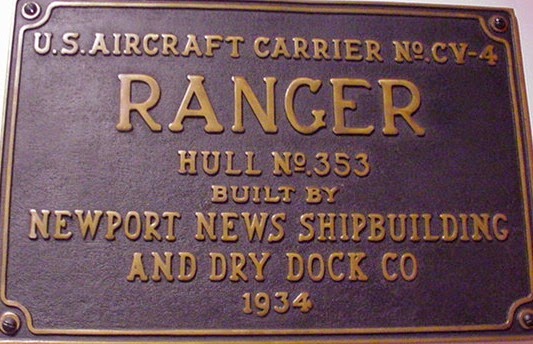On September 29, 1946, a P2V-1 Neptune,
nicknamed the “Truculent Turtle,” took off from Perth, Australia, bound for Washington,
D.C. The airplane was named “The Turtle” after
the Lockheed project to extend the Neptune’s range: Operation Turtle. The crew
added the adjective truculent, meaning defiant, or aggressive.
Heavy
fuel consumption caused by winds and rough weather did not allow the plane to
reach Washington. The aircraft flew for 55 hours and 17 minutes without
refueling, and landed in Columbus, Ohio, on October 1st. The 11,235.6-mile
flight broke the world distance flight record. The Turtle was manned by Cdr. Thomas D. Davies (pilot), Cdr.
Eugene P. Rankin (co-pilot), Cdr. Walter S. Reid (navigator), and LCdr. Roy H.
Tabeling (radio officer). The only cargo on the flight was a gift from
Australia to the people of America – a nine-month kangaroo named Joey.
After
retirement in 1953, the aircraft became a familiar sight to travelers in
Norfolk when it sat on the corner of Granby St. and Taussig Blvd. In 1968 the
expansion of Interstate 64 forced the Turtle to relocate to the grounds of the
Naval Air Station. It remained an attraction there until 1977, when it moved via
barge to the National Museum of Naval Aviation in Pensacola, Florida. The “Turtle” resides there in our sister museum with other historic aircraft.
As for Joey the kangaroo? After the brief stop in Columbus, he ended his trip at the Washington Zoo.
 |
| The Turtle welcomed arrivals at the Naval Air Station for nine years. |
(This blog post was written by HRNM Curator Joe Judge.)



















